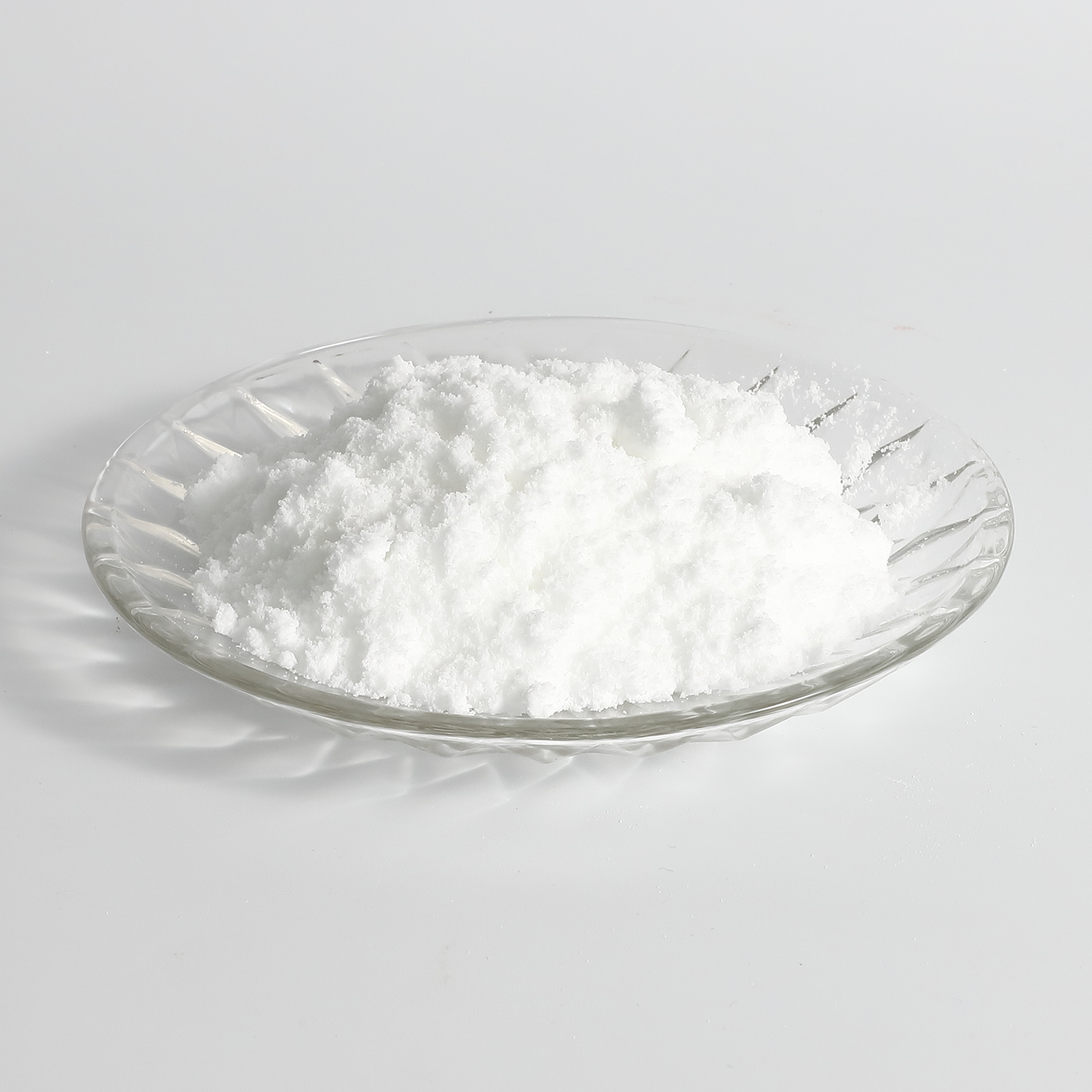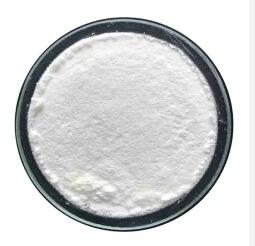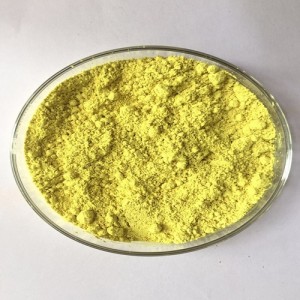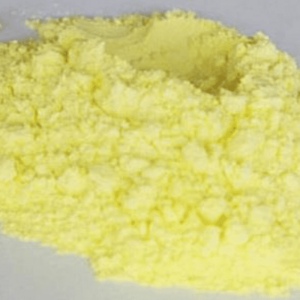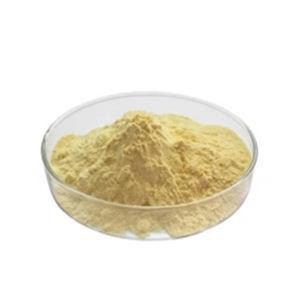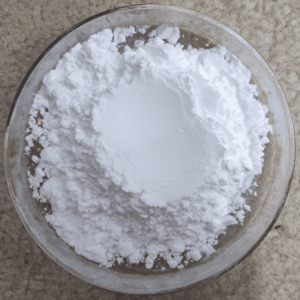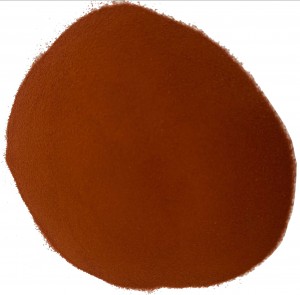| Basic Information | |
| Product name | Azithromycin |
| CAS No. | 83905-01-5 |
| Appearance | white crystalline powder |
| Grade | Pharma Grade |
| Purity | 96.0-102.0% |
| density | 1.18±0.1 g/cm3(Predicted) |
| form | Neat |
| Stability | Stable. Incompatible with strong oxidizing agents |
| Package | 25kg/drum |
Product Description
Azithromycin is an organic compound with the chemical formula C38H72N2O12. It is a macrolide antibiotic with antibacterial effects similar to cefaclor. It is acid resistant, can be taken orally, absorbed well, and has a high blood concentration. Its characteristic is resistance to β - lactam, and it has a rapid and reliable bactericidal effect on resistant Staphylococcus aureus and other broad-spectrum antibiotic resistant bacteria. It is mainly excreted in its original form through urine, with a high concentration in urine. Clinically, it is mainly used for infections of the respiratory tract, urinary tract, skin, and soft tissues, such as bronchitis, pneumonia, pyelonephritis, cystitis, ear, nose, throat infections, enteritis, and dysentery.
Product Application
Azithromycin belongs to broad-spectrum antibiotics and is the second-generation antibiotic of macrolides. The main effects are respiratory tract, skin and soft tissue infections caused by sensitive bacteria and chlamydia infectious diseases. It has a good therapeutic effect on acute bronchial infections caused by influenza bacteria, pneumococci, and Moraxella catarrhalis, as well as chronic obstructive pulmonary disease with pneumonia.In addition to the above situations, azithromycin is also a commonly used drug for preventing rheumatic fever. If used strictly under the guidance of a doctor, it can also be combined with dexamethasone acetate preparations to effectively inhibit the disease. It can also be used for simple genital infections caused by non multidrug-resistant Neisseria gonorrhoeae, as well as diseases such as chancre caused by Haemophilus duke.However, it should be noted that if one is allergic to azithromycin, erythromycin, and other macrolide drugs, their use should be prohibited. Individuals with a history of cholestatic jaundice and liver dysfunction should not use this medication. Pregnant women and lactating women should strictly follow medical advice and use medication with caution to avoid affecting the fetus or baby.

